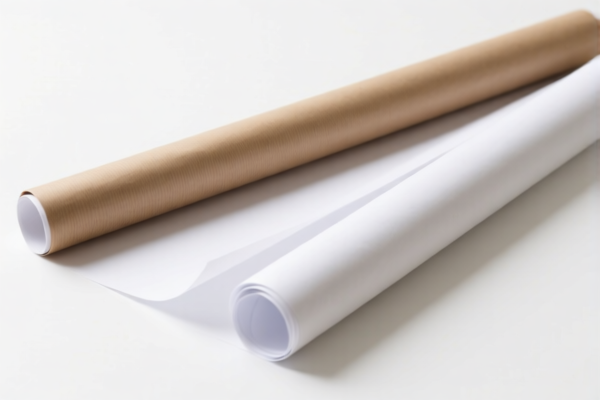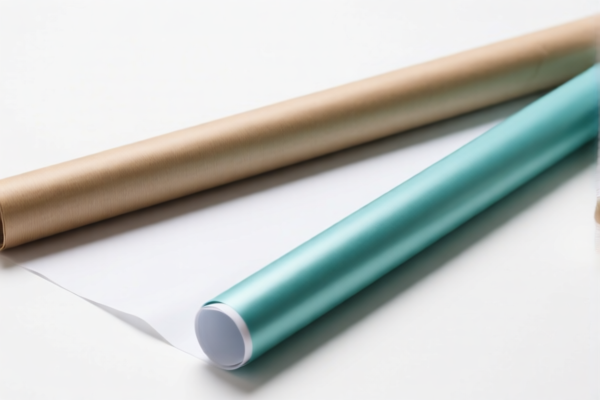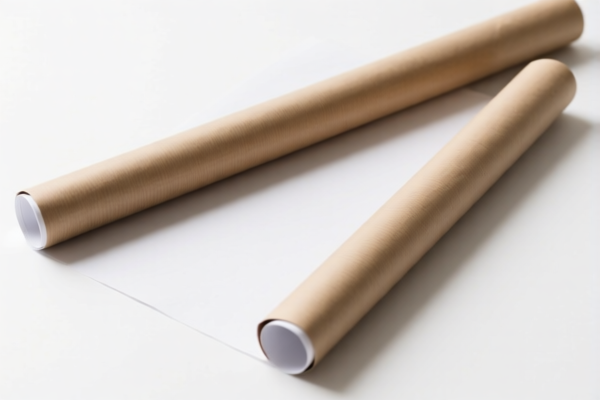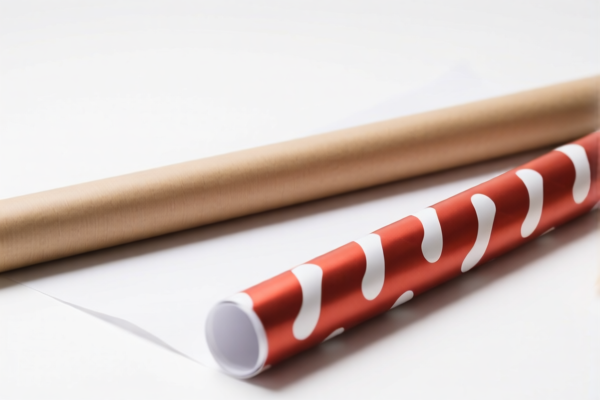| HS Code | Official Doc | Tariff Rate | Origin | Destination | Effective Date |
|---|---|---|---|---|---|
| 4823901000 | Doc | 55.0% | CN | US | 2025-05-12 |
| 4823906000 | Doc | 55.0% | CN | US | 2025-05-12 |
| 4820900000 | Doc | 55.0% | CN | US | 2025-05-12 |
| 3210000000 | Doc | 56.8% | CN | US | 2025-05-12 |
| 3210000000 | Doc | 56.8% | CN | US | 2025-05-12 |
| 4911998000 | Doc | 37.5% | CN | US | 2025-05-12 |
| 4911996000 | Doc | 37.5% | CN | US | 2025-05-12 |
| 4908100000 | Doc | 37.5% | CN | US | 2025-05-12 |
| 4908900000 | Doc | 37.5% | CN | US | 2025-05-12 |




Wrapping Paper
Wrapping paper (also known as gift wrap) is a material used to encase presents. It adds a decorative element to gift-giving and is often torn or cut open during the unwrapping process.
Material
Traditionally, wrapping paper was made from paper. Modern wrapping paper is often composed of thin paper, often coated with a thin layer of plastic laminate to provide a glossy, decorative surface and prevent tearing. Common materials include:
- Paper: The base material, providing structure.
- Plastic Coating: Polyethylene or polypropylene, offering shine, water resistance, and printability.
- Metallic Finishes: Aluminum foil or other metallic coatings for a shimmering effect.
- Recycled Paper: Increasingly common for environmentally conscious options.
- Tissue Paper: A thinner, more delicate form often used for smaller gifts or as filler.
Purpose
The primary purpose of wrapping paper is aesthetic: to make a gift more visually appealing and demonstrate thoughtfulness. It also serves a functional role, concealing the gift's identity and creating anticipation.
Function
- Concealment: Hides the contents of the gift.
- Decoration: Enhances the presentation of the gift.
- Protection: Offers a minimal level of protection against minor damage.
- Theatrical Element: The act of unwrapping adds to the gifting experience.
Usage Scenarios
- Birthdays: A standard practice for presenting birthday gifts.
- Holidays: Commonly used for gifts during Christmas, Hanukkah, and other festive occasions.
- Weddings: Used to wrap wedding gifts.
- Special Occasions: Used for any gift-giving event, such as graduations, anniversaries, or housewarming.
Common Types
- Printed Wrapping Paper: Features various designs, patterns, and characters. This is the most common type.
- Solid Color Wrapping Paper: A simple, versatile option, often paired with ribbons or embellishments.
- Foil Wrapping Paper: Features a metallic sheen, often used for more formal occasions.
- Tissue Paper: Thin and delicate, suitable for smaller gifts or decorative accents.
- Recycled Wrapping Paper: Made from recycled materials, an environmentally friendly choice.
- Fabric Wrap (Furoshiki): Reusable fabric used to wrap gifts, a traditional Japanese method.
- Kraft Paper: A plain, brown paper often used for a rustic or minimalist aesthetic.
Wrapping paper falls under the category of paper and paperboard articles, cut to size or shape. Based on the provided information, the following HS codes are relevant:
-
4823901000: This HS code covers “Other paper, paperboard, cellulose wadding and webs of cellulose fibers, cut to size or shape; other articles of paper pulp, paper, paperboard, cellulose wadding or webs of cellulose fibers: Other: Of paper pulp”.
- 48: Chapter 48 relates to Paper or paperboard; manufactures thereof, paper pulp, paper or paperboard.
- 23: Heading 23 specifies Paper or paperboard cut to size or shape or other articles.
- 90: Subheading 90 denotes Other.
- 10: Further specifies Of paper pulp.
-
4823906000: This HS code covers “Other paper, paperboard, cellulose wadding and webs of cellulose fibers, cut to size or shape; other articles of paper pulp, paper, paperboard, cellulose wadding or webs of cellulose fibers: Other: Other: Other: Of coated paper or paperboard: Gaskets, washers and other seals”. While primarily for gaskets, washers, and seals, coated wrapping paper could potentially fall under this code.
- 48: Chapter 48 relates to Paper or paperboard; manufactures thereof, paper pulp, paper or paperboard.
- 23: Heading 23 specifies Paper or paperboard cut to size or shape or other articles.
- 90: Subheading 90 denotes Other.
- 60: Further specifies Of coated paper or paperboard: Gaskets, washers and other seals.
Regarding these HS codes, please note that both have a base tariff of 0.0%, a surcharge of 25.0%, and a surcharge of 30.0% after April 2, 2025, resulting in a total tariff of 55.0%.
Customer Reviews
No reviews yet.